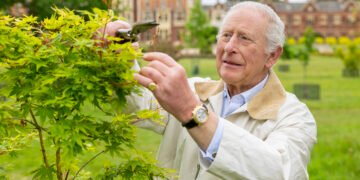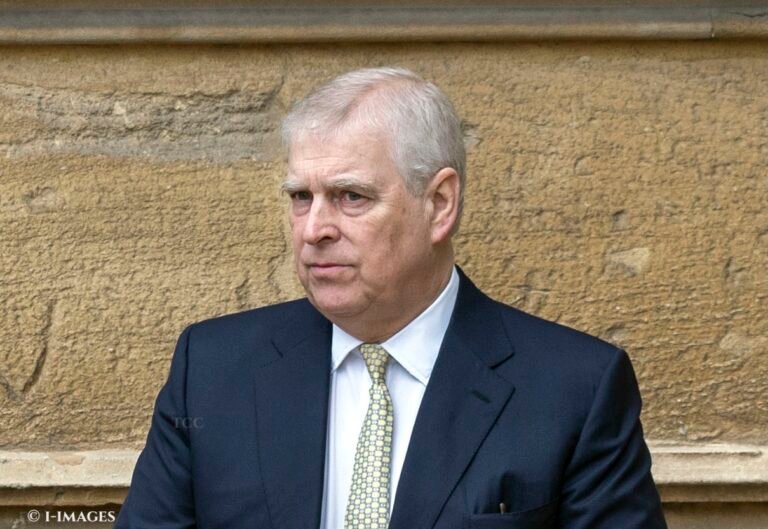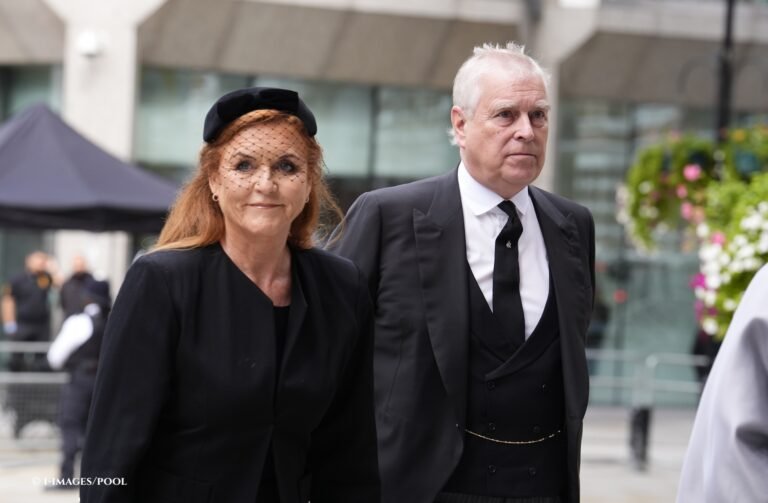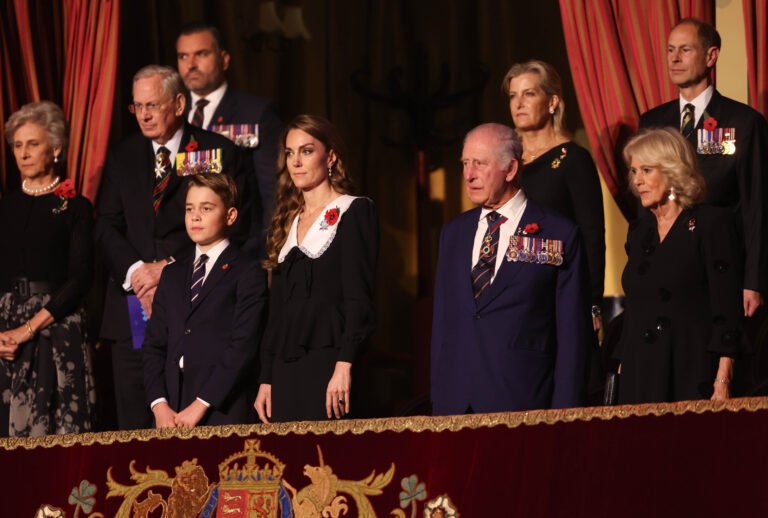The George Cross recognises acts of heroism and courage carried out away from the battlefield, unlike the Victoria Cross.
Read all about this honour in our in-depth explanation article…
Creation of the George Cross
The George Cross was created by George VI to honour those who displayed ‘acts of the greatest heroism or of the most courage in circumstances of extreme danger’.
The honour was instituted on 24th September 1940, during the height of the Blitz in the Second World War. With bombs raining down on towns and cities across Britain, the King wanted a way to recognise the bravery of civilians, as well as military personnel who demonstrated courage in situations not involving direct combat.

It became a means of acknowledging determined acts of heroism that helped the country in its darkest hours.
What does the George Cross look like?
The medal features a plain silver cross with circular medallion, depicting St George and the Dragon, at the centre surrounded by the words ‘FOR GALLANTRY’.
The medal hangs from a navy ribbon, which is attached by ring to bar featuring laurel leaves.
Who can receive the George Cross?
The George Cross is granted by the Sovereign, but only on the advice of the George Cross Committee and the Prime Minister.
Both civilians and military personnel are eligible. Since its creation, the George Cross has been awarded in many different circumstances, often in recognition of individuals who risked their lives to protect others.
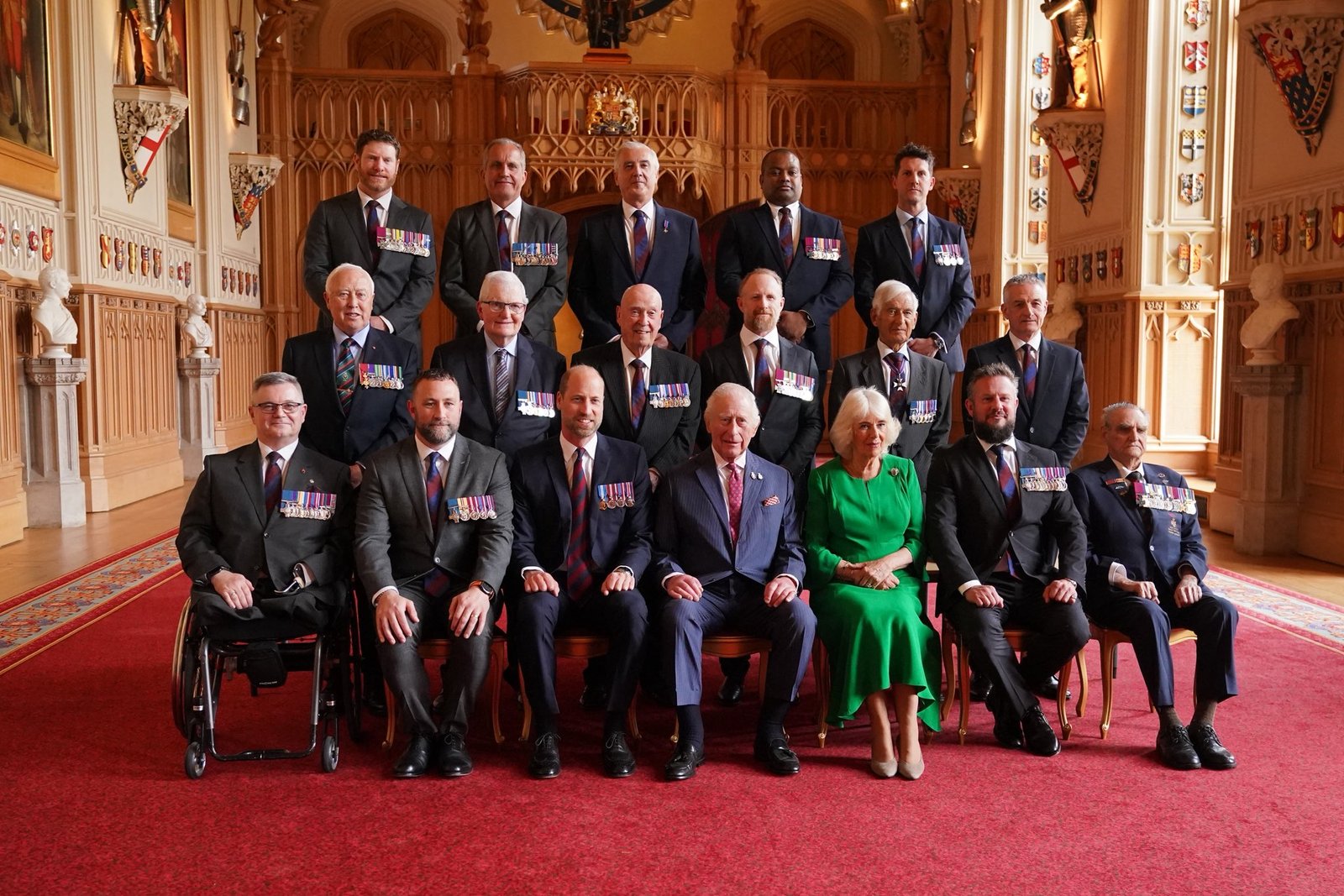
The Cross may also be awarded posthumously.
The first person to be awarded the Cross was Thomas Hopper Alderson, who was an air raid warden for the Air Raid Precautions in Bridlington, Yorkshire. He was recognisde for his work in leading rescue teams and saving civilians after the seaside town was hit by Luftwaffe bombers.
One of most recent individual recipients is Dominic Troulan, a retired British Army officer and former Royal Marine. He was awarded the George Cross on 16 June 2017 for his actions during the Westgate shopping mall terrorist attack in Nairobi in 2013, where he returned to danger in order to rescue trapped civilians.

Although the George Cross is normally given to individuals, on rare occasions, it has been awarded collectively. This has happened only three times in its history.
In 1942, the people of Malta were given with the award for their endurance and courage during sustained bombardments in the Second World War. George VI marked the award with a handwritten message to the island’s governor, declaring that the cross would bear witness ‘to a heroism and devotion that will long be famous in history’.
The second award was made in 1999, when the Queen conferred the George Cross upon the Royal Ulster Constabulary. For over 30 years, the force had stood against a sustained campaign of terrorism. By the time of the award, 302 officers had been killed in the line of duty and thousands more had been injured.
The honour also acknowledged the impact on officers’ families, many of whom lived under constant threat.

The decoration was formally presented at Hillsborough Castle in April 2000, where Constable Paul Slaine, who had been seriously injured in an IRA attack, accepted the cross on behalf of his colleagues in front of 1,500 serving officers and their families.
Finally in 2022, the NHS was awarded the George Cross to mark its decades of achievements, including the ‘amazing’ COVID-19 vaccine. The presentation of the Cross saw Elizabeth II and the Prince of Wales join health leaders from the four British nations, with the ceremony taking place at Windsor Castle.
Elizabeth announced the NHS would be receiving the George Cross in a personal, handwritten message, which read: ‘It is with great pleasure, on behalf of a grateful nation, that I award the George Cross to the National Health Services of the United Kingdom. This award recognises all NHS staff, past and present, across all disciplines and all four nations.’
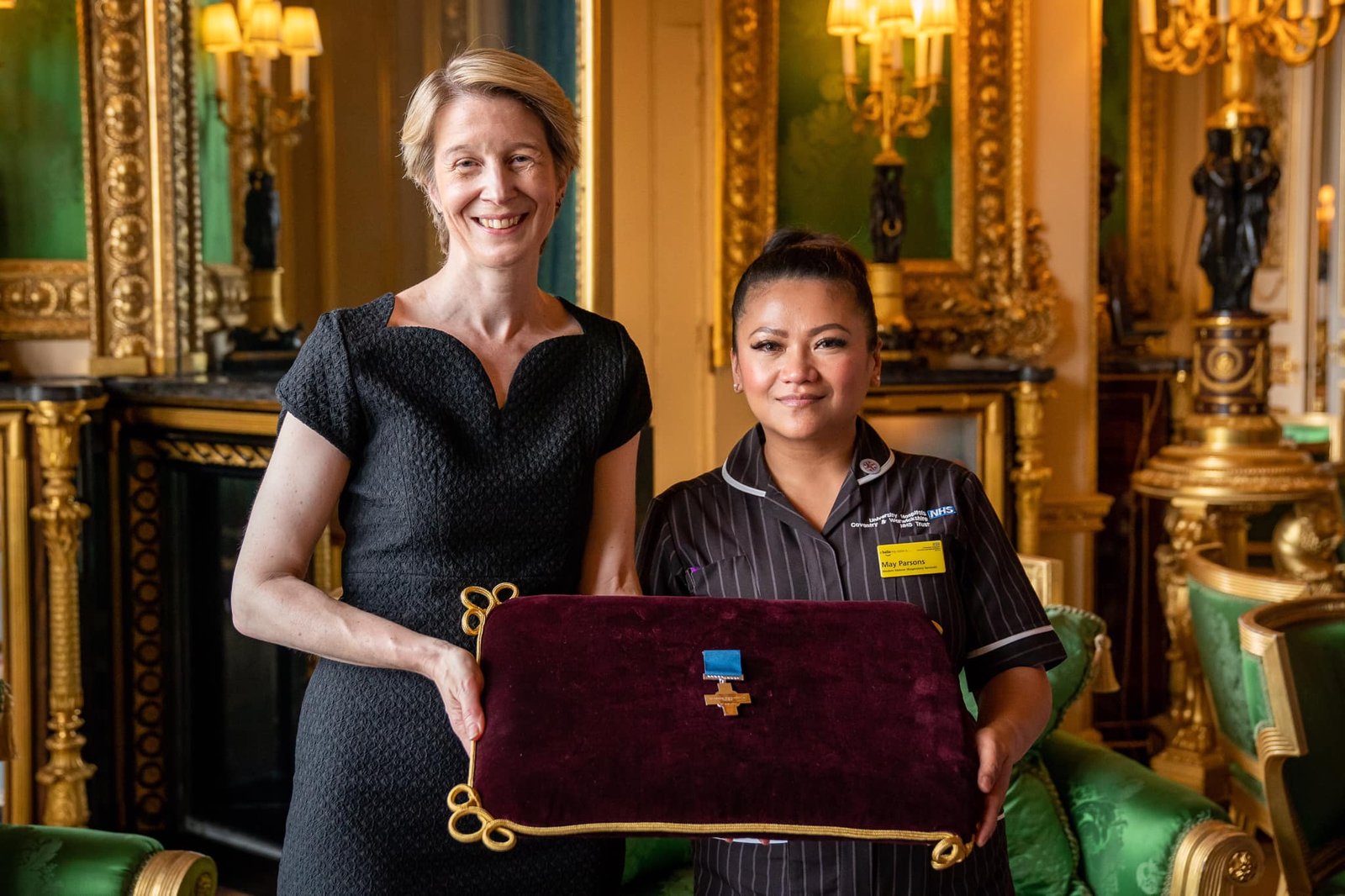
The late Queen continued: ‘Over more than seven decades, and especially in recent times, you have supported the people of our country with courage, compassion and dedication, demonstrating the highest standards of public service. You have our enduring thanks and heartfelt appreciation.’
The Victoria Cross and George Cross Association, established to support recipients of the VC and GC and preserve the legacy of their actions, has long enjoyed a close relationship with the Royal Family. King Charles became patron of the Association upon ascending the throne in 2022, having previously served as president from 2003.
His mother, Elizabeth II, hosted receptions every four years – a tradition this event continues.




